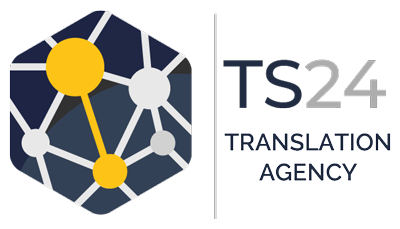Website translation and localisation are often used so interchangeably, that the line between the two became somewhat blurred out for many. What’s even worse, many marketers and other professionals believe that the translation and localisation processes are exactly the same.
While both of the processes, to an extent, share some similarities, it is essential to fully understand the differences between the two. By being aware and recognising the differences, you will be able penetrate your foreign target markets more efficiently and profitably.
Website translation
Website translation is the process of transforming your digital content in your original language by simply replacing it with a word-for-word translation into another (target) language.
Website Localisation
Website localisation on the other hand, is a more specialised process of adapting and adjusting your digital content for a specific target market. Localisation goes much further than a simple word-for-word translation and focuses on modifying all of the website’s elements (such as colours, time, currency etc.) in order to make them suitable for your target audience’s cultural preferences.
With a simple word for word translation, a number of intent or clarity problems can arise. Even when the website is translated by a highly skilled and professional human translator, it may still lack some cultural or technical nuances to fully appeal to your target audience.
Surely, the user-experience of a website goes much further than just a simple translation. There are many different factors which can influence how a visitor feels about your website, both positively and negatively, even if they are able to read information in their native language.
User-experience expectations can vary from region to region, and therefore it is extremely significant for a business to adapt a localisation strategy and introduce it regularly. There is a number of different factors, which can directly or indirectly influence the user-experience expectations and they can be divided into two categories: cultural and functional aspects.
Cultural aspects:
- Colours, shapes, images
- Symbols, humour, traditions
- Political, economic or religious situation
Functional aspects
- Contact information, dates, currency
- Measurements
- Product descriptions and reviews
In addition to website localisation, a number of companies and organisations decide to also localise their marketing campaigns in order to be culturally appropriate. A great example of this can be the ‘Share a Coke’ campaign by Coca-Cola. In majority of countries the strategy focuses on imprinting the most popular names onto the product. This however due to cultural differences and the significance of first name had to be changed for the Chinese market. Instead, phrases such as ‘Share with Classmate’ or ‘Share with best friend’ were used. By doing this Coca-Cola kept the nature of their campaign without crossing a very important cultural boundary.
What to choose?
While simple word-for-word website translations may be perfectly appropriate for some types of content and business sectors, for highly creative campaigns or fast-paced markets, localisation is required most of the time.
With appropriate planning and a focused strategy, as well as help from an experienced translation agency specialising in website translation services, the process can be completed flawlessly.
If you still aren’t sure whether simple translation is enough for you or if your website needs to be localised, get in touch with us today and a member of our team will be happy to answer all of your questions!

